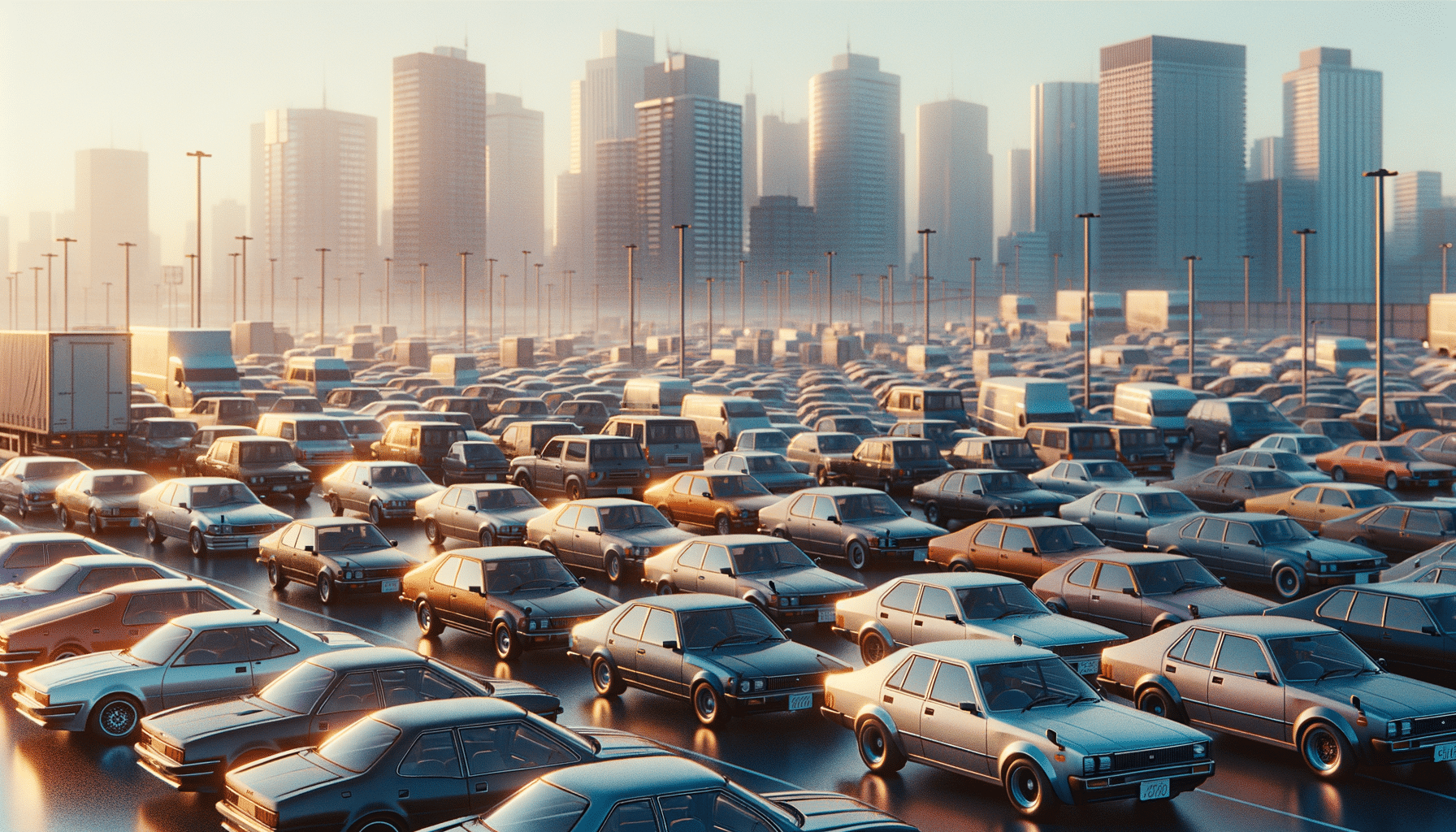
Virtual Reality: The Future of Immersive Art Experiences
Imagine stepping into a painting, feeling its colors and textures envelop you, or wandering through a sculpture garden where each piece comes alive. Virtual reality (VR) is revolutionizing how we experience art, offering immersive journeys that transport viewers beyond traditional boundaries.
The Rise of Virtual Reality in Art
Virtual reality is not just a buzzword; it’s a transformative force in the art world. According to a study by Statista, the VR market is projected to reach over $12 billion by 2024, driven by applications in gaming, education, and, notably, art. This technology offers artists and audiences new ways to create and interact with art, making experiences more personal and engaging.
Expert Insights
Art curator and VR enthusiast Michael Connor suggests that VR “allows artists to manipulate space and create environments that were previously unimaginable.” This sentiment is echoed by various industry leaders who view VR as a canvas without limits.
Personal Experiences in VR Art
Take, for instance, the experience of attending a VR art exhibit where you can walk through Van Gogh’s ‘Starry Night’ and see the swirling skies unfold around you. This level of interaction brings a deeper understanding and appreciation of the artwork.
Why Choose VR for Art?
| Feature | Traditional Art | VR Art |
|---|---|---|
| Interactivity | Limited | High |
| Accessibility | Physical presence needed | Global access |
| Cost | Variable | Potentially lower |
| Space Requirements | Significant | Minimal |
| Scalability | Challenging | Easy |
| Customization | Fixed | Dynamic |
| Audience Engagement | Passive | Active |
| Environmental Impact | High | Low |
How to Get Started with VR Art
- Invest in a quality VR headset to experience art in a whole new dimension.
- Explore platforms like VRChat and Oculus for a plethora of art exhibits.
- Join online communities to connect with like-minded art enthusiasts.
Frequently Asked Questions
How does VR enhance art experiences?
VR provides immersive, interactive environments that allow viewers to engage with art in dynamic ways.
What equipment do I need for VR art?
A VR headset and compatible software are essential to begin exploring virtual art worlds.
Are there any free VR art experiences?
Yes, many VR platforms offer free exhibits and experiences to explore.
Conclusion: Embrace the Future of Art
Virtual reality is more than a technological advancement; it’s a gateway to new artistic frontiers. By embracing VR, artists and audiences can explore uncharted territories, making art more accessible and interactive. Whether you’re an artist looking to innovate or an enthusiast eager to explore, the future of immersive art experiences is here, and it’s waiting for you to step inside.


